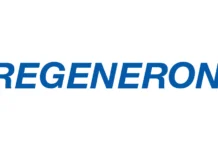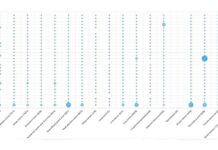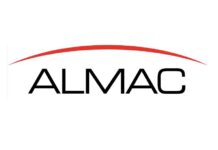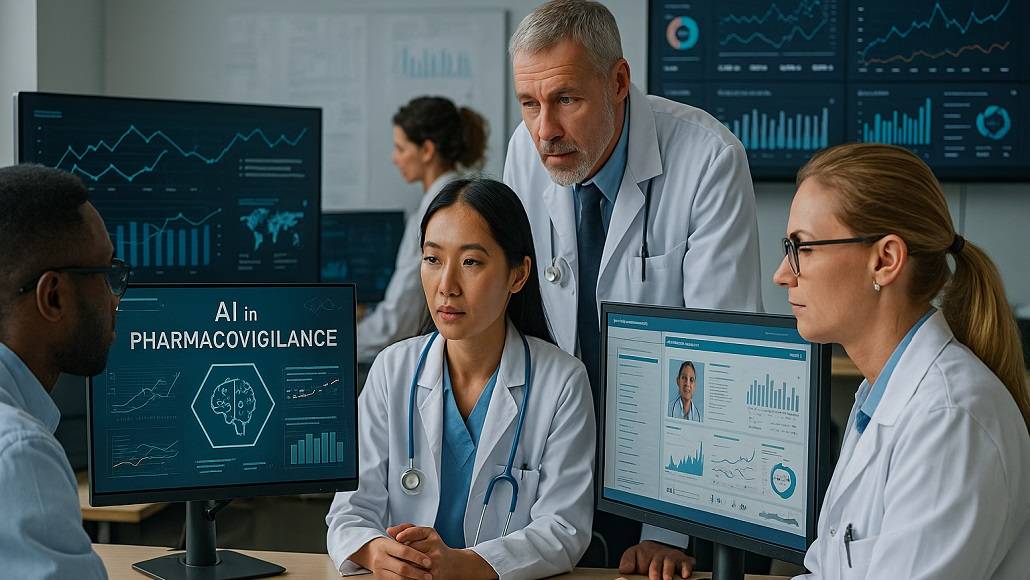In a world that is marked by fast technological advancements, pharmacovigilance, which happens to be an essential element of drug safety, has gone on to start embracing transformative innovations in order to elevate its efficiency and efficacy. The role of artificial intelligence in the advancement of pharmacovigilance systems happens to stand out as a game changer, thereby offering certain novel paths to track drug safety, evaluate massive volumes of data, and make sure of regulatory compliance. As the pharmaceutical industry looks forward to fostering patient safety as well as decreasing the adverse reactions of drugs, artificial intelligence happens to emerge as a very robust ally, which is revolutionizing the practices related to traditional pharmacovigilance.
To start with
Apparently, pharmacovigilance happens to be defined as the science as well as activities that are related to detection, evaluation, and understanding, as well as prevention when it comes to adverse effects or any other issues that are related to drug problems. The significance of strong pharmacovigilance systems cannot be overstated, especially when we talk of the intricacies as far as modern pharmaceuticals and the potential risks that are associated with their use are concerned. Due to the rising global regulations along with the demand in terms of drug safety transparency, the integration of artificial intelligence into pharmacovigilance processes has become very important.
Artificial intelligence technologies, which include natural language processing, data mining, and machine learning, are actually paving the way when it comes to more proactive as well as effective pharmacovigilance systems. By way of making utmost use of these technologies, healthcare organizations can elevate their capacity in identifying potential safety issues, manage effectively the risks that are associated with them, and, at the end of the day, enhance the outcomes in patients. As we dig deep into the role of AI in advancing pharmacovigilance, it is time we look into the impact, the challenges that it poses, and also the future outlook related to this dynamic intersection.
The present spectrum of pharmacovigilance
It is well to be noted that the traditional pharmacovigilance framework has depended massively on spontaneous reporting systems in which the healthcare providers, along with patients, report adverse drug reactions (ADRs) to the regulatory authorities. Although they are effective to some extent, these systems often happen to face certain limitations, which include underreporting, data collection time lags, and also challenges with regard to data evaluation. As per a report by the WHO, only 5 to 10% of all ADRs happen to get reported, thereby underscoring the crucial requirement for innovative solutions.
The fact is that the pharmaceutical sector happens to be under growing pressure in order to make sure that drug safety post-marketing takes place. All this has led to rising interest in making utmost use of AI so as to refine the practices that are involved in pharmacovigilance. The capabilities of artificial intelligence when it comes to processing large data sets, checking out the patterns, and also coming up with insights are especially valuable in order to address the barriers related to traditional methods, therefore, helping the stakeholders to respond in a quicker way to certain potential safety signs.
Advantages of AI in pharmacovigilance
Elevated data processing along with analysis
One of the most prominent benefits when it comes to AI in pharmacovigilance happens to be its capacity to evaluate massive amounts of data in a very precise and quick manner. Due to the rising influx of data coming from numerous sources, which includes electronic health records (EHRs), clinical trials, social media, and even patient-reported outcomes, the requirement in terms of efficient data processing has seen the light of day. AI algorithms can quickly go through this intricate data spectrum in order to identify safety signals, thereby helping the pharmacovigilance teams to prioritize their efforts in a very effective way. Especially the machine learning models have gone on to show a major promise when it comes to protection from adverse events that are based on historical data. By way of training algorithms on certain large data sets, these models can actually recognize the patterns that may as well indicate a kind of correlation between adverse events and even specific drugs. This capacity enables early identification as far as safety concerns are concerned, thereby leading to timely interventions and elevated protection for patients.
Surveillance that is done in real time along with decision support
The role of AI in the advancement of pharmacovigilance systems goes beyond data evaluation – it also helps with real-time surveillance in terms of drug safety. Traditional methods often happen to involve a retrospective data evaluation, which can lead to certain delays as far as the identification of safety issues is concerned. In contrast to this, AI-driven systems can consistently track data streams and offer real-time alerts to pharmacovigilance teams when there are potential safety hazards that take place.
For example, natural language processing (NLP) can be rolled out in order to evaluate structured data like clinical notes as well as social media posts, and that too in real time. By way of extracting all the relevant information along with the sentiment from these sources, artificial intelligence can pinpoint any safety concerns that are emerging and also help with proactive decision-making. This kind of capability prominently elevates the accuracy and pace of pharmacovigilance efforts, thereby enabling a more effective management of risk.
Patient engagement and reporting, which is much enhanced
It is well to be noted that AI technologies also happen to play a very important role in elevating patient engagement along with encouraging reporting of certain adverse events. Through leveraging chatbots and also virtual assistance, companies can come up with certain user-friendly interfaces that help communication between patients as well as healthcare providers. These tools can very much guide patients in terms of reporting the ADRs, thereby making sure that all the valuable safety information gets captured and evaluated.
Besides this, applications that are AI-powered can also offer customized information with regard to medication side effects and hence help the patients to better understand the risks that are associated with their treatment. By helping out with an informed patient population, healthcare organizations can also encourage massive participation when it comes to pharmacovigilance efforts, which would ultimately lead to outcomes that are completely safety enhanced.
What would be the barriers to executing AI in pharmacovigilance?
Standardization along with data quality
The effectiveness when it comes to AI algorithms depends massively on the quality as well as standardization of the data that is used for training. Data formats that are inconsistent, missing values, and also varied definitions of adverse events can pull back the accuracy of AI-driven evaluation. In order to overcome this kind of challenge, organizations have to invest in data standardization initiatives and also bring about certain robust data governance frameworks that promote the quality of data and its integrity.
In spite of the many benefits that are associated with AI in pharmacovigilance, there are still several barriers that have to be addressed in order to make sure of successful execution.
Regulatory compliance & ethical standards
The integration of AI technologies within pharmacovigilance goes on to raise certain prominent regulatory as well as ethical considerations. Regulatory authorities like the European Medicines Agency (EMA) and the Food and Drug Administration (FDA) are still in the process of developing certain guidelines for the usage of AI and drug safety tracking. Pharmaceutical companies have to not only pass through these regulatory landscapes but, at the same time, make sure that compliance with data protection laws and ethical standards is being met.
Defining the acceptance along with adoption among the stakeholders
In order for AI to get effectively integrated within pharmacovigilance systems, acceptance from numerous stakeholders, which include regulatory authorities, patients, and healthcare providers, is necessary. There may as well be a certain amount of resistance to change coming from traditional pharmacovigilance practices since stakeholders may be hesitant to trust AI-driven systems. Hence, it is very critical to go ahead and demonstrate the AI value when it comes to enhancing patient safety and also elevate the effectiveness of operations so as to encourage its wide adoption.
AI in Pharmacovigilance – the Future
Marching forward, artificial intelligence’s role in advancing pharmacovigilance systems is anticipated to broaden even further as technology continues to evolve. There are many trends that are likely to shape the future spectrum of pharmacovigilance.
Rising adoption when it comes to machine learning as well as predictive analytics
Due to the advancements in machine learning algorithms along with predictive analytics, organizations are going to be able to refine their efforts quite significantly when it comes to pharmacovigilance. AI systems are going to become increasingly adept when it comes to identifying safety signals and helping with the development of stronger risk management strategies. The rising use of predictive modelling will help the stakeholders to anticipate potential safety hazards much before they go on to escalate, thereby ultimately leading to patient safety, which is a tad more enhanced.
The real-world evidence integration
Real-world evidence (RWE) happens to be increasingly important when it comes to pharmacovigilance, as it offers insights pertaining to how drugs can perform in real-life settings. AI technologies help with the integration of RWE within pharmacovigilance systems, thereby helping with a more absolute understanding when it comes to drug safety. By way of evaluating real-world data in addition to clinical trial data, stakeholders can gain a 360° view of the risk-benefit profile pertaining to any drug.
Collaborative approaches related to pharmacovigilance
The pharmacovigilance future is likely to involve major partnerships between stakeholders, which include pharmaceutical companies, regulatory agencies, and also healthcare providers. AI technologies can help with these partnerships by way of offering collaborative analytical tools as well as data-sharing platforms that are standardized. Through working together, stakeholders can elevate their collective capacity to track drug safety and also drive a consistent enhancement when it comes to pharmacovigilance practices.
Conclusion
Artificial intelligence and its role in advancing pharmacovigilance systems have gone on to become increasingly important as the pharmaceutical sector looks forward to elevating patient safety and also enhancing drug tracking practices. The capabilities of AI and data processing, patient engagement, and real-time surveillance happen to present opportunities that are invaluable so as to improve the outcomes related to pharmacovigilance.
But there are challenges that are related to data quality, compliance in terms of regulations, and stakeholder acceptance that have to be addressed in order to realize the entire potential of AI within this field.
As the technological advancements continue to shape the spectrum of pharmacovigilance, AI integration is going to play a very important role when it comes to the evolving drug safety tracking practices. Through embracing innovation along with partnerships, the healthcare sector can make sure that pharmacovigilance systems are not just efficient, but they are more effective when it comes to the safeguarding of patient health. At the end of the day, the successful execution of AI in pharmacovigilance is going to contribute to a much safer and more transparent healthcare system that is patient-centered.




















